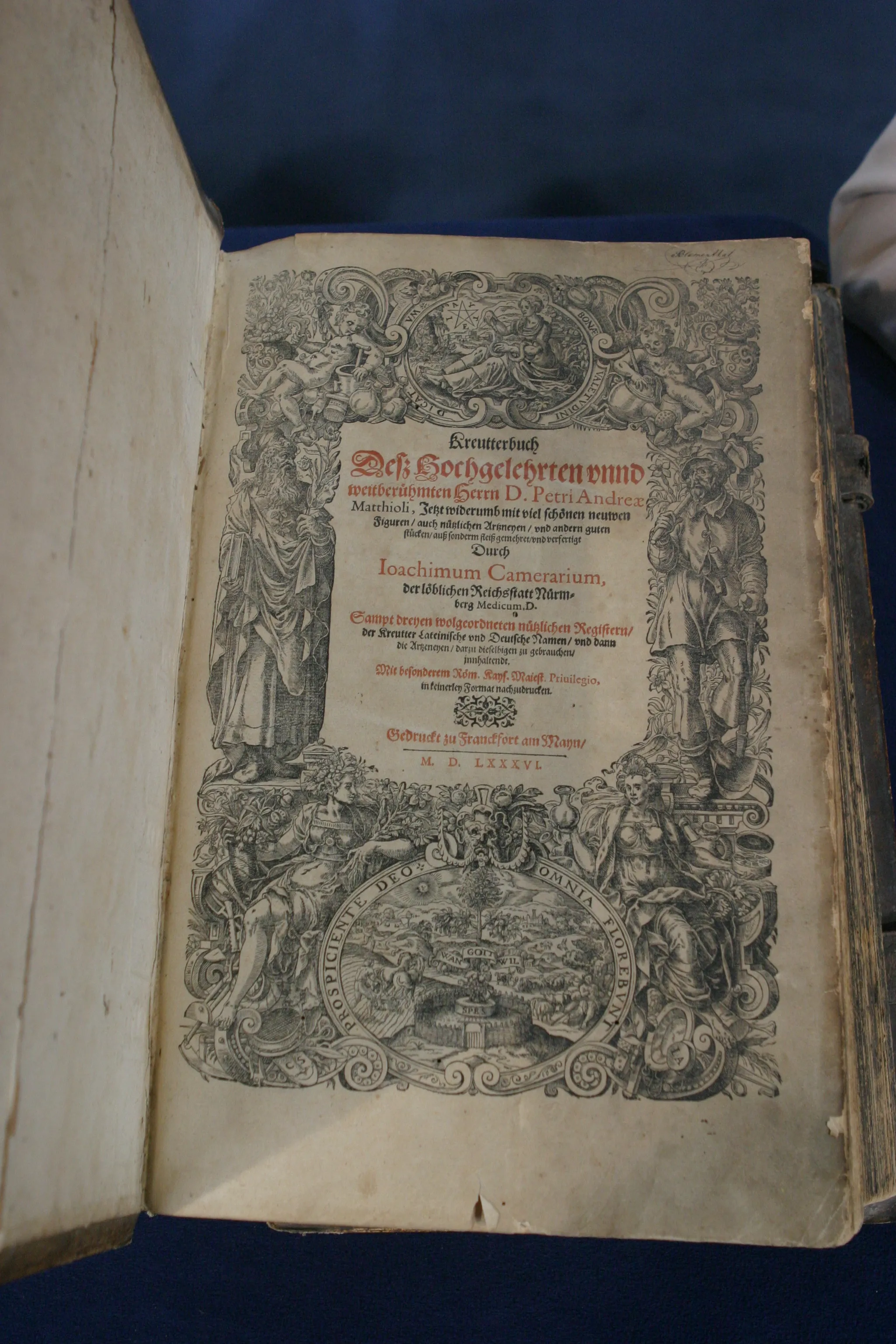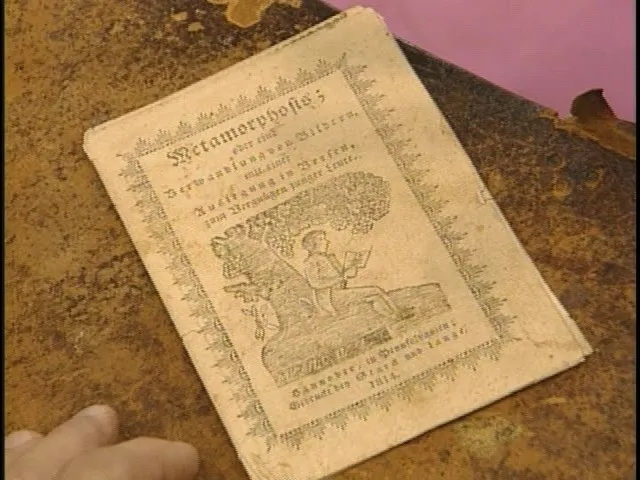1930 Edward Curtis The North American Indian Vol. 20
GUEST: I brought an unbound volume by Edward Curtis when he made a trip to Alaska late in his life, like, in the 1920s, and he came along the Western Alaska coast, Nunivak Island to, um, King Island to Kotzebue, where, my hometown. And he also went up to Selawik and to Noatak. It turns out that one of our relatives was his, uh, translator. And so these photographs basically are in my hometown area, and some of the people I actually knew.
APPRAISER: With the, the volume that we have here, you selected a few...
GUEST: Yes.
APPRAISER: ...that were of personal interest to you. I don't think that you had ever looked through this book, had you? Yeah, no. No, I've had it for about 40 years, and so I just kind of stored it away un, until, uh, I heard you were coming to town.
APPRAISER: (chuckles)
GUEST: And so I started taking a look, uh, this morning, actually.
APPRAISER: Mm-hmm.
GUEST: And I found a particular one that was a big surprise to me. That's my adoptive mother right there. (chuckling)
APPRAISER: It's amazing.
GUEST: In the middle. Her name was Naunġaġiaq in Iñupiat, but her English name was Priscilla. Priscilla Hensley. And so that was, that took me by surprise.
APPRAISER: So you had no idea...
GUEST: No.
APPRAISER: ...that a picture of your mother was in this...
GUEST: That's right.
APPRAISER: ...in this volume.
GUEST: That's right-- the other picture, of course, was this one here. Th, this is the first one...
APPRAISER: Mm-hmm.
GUEST: It's the only one that's tinted. It's called Qikiqtaġruk, which means small island. That photograph is probably a matter of feet from where I was born. (chuckles)
APPRAISER: Mm-hmm.
GUEST: You know, we had two means of transportation in the summer: one was a "kuh-yuk"-- not "kah-yak," it's "kuh-yuk."
(both chuckle)
GUEST: And the other was an umiak, which is the, the large boat. It had a frame, uh, usually built of driftwood, and covered with seal skins. And the women were able to sew a seamless stitch that did not leak. So you could use those in the springtime, using dogs to pull them on a sled to the open water to hunt.
APPRAISER: And the piece up here?
GUEST: Oh.
(both chuckle)
GUEST: That photograph is very, very important. Before, uh, we had access to wooden barrels, our women turned a seal skin itself into an airtight container with handles on each end. And in there was food. And in, in there would be blubber. In there would be, uh, dried fish cut up, a seal skin dried and cut up, beluga, half-dried and cooked, cut up. There'd be greens in there, and there'd be beluga muktuk, which is the skin-- that was a very, very key food supply. Qikiqtaġruk, or Kotzebue, is about 29 miles above the Arctic Circle, just above the Seward Peninsula. This is, uh, Iñupiat country.
APPRAISER: And we were looking together at the list of illustrations, and they go all the way up the coast.
GUEST: Yes.
APPRAISER: So it's not just this region, it's further up.
GUEST: Yes-- these are all natural. I mean, I know that there's an argument about sometimes he kind of shaped the environment they were in.
APPRAISER: Posed?
GUEST: Yeah, and, or... But these are all, pretty much, they're, these are real.
APPRAISER: Yeah.
GUEST: These are people doing real things.
APPRAISER: Well, you can say that because this is where you're from and you know these people.
GUEST: Yeah, mm-hmm.
APPRAISER: Where did you get this?
GUEST: Oh, I got those in San Francisco. There's a fancy hotel that's been there forever, and within a block or so was this, uh, kind of like a antiquarian bookshop.
APPRAISER: And do you remember how much you, you paid at the time? I mean, that was many years ago.
GUEST: I couldn't have paid... I couldn't have paid much, 'cause I, I was a young legislator, uh, with no family, and we... That was before oil, so we didn't have any money.
(both chuckle)
GUEST: So, so it couldn't have been much.
APPRAISER: The volumes of work by Edward Curtis certainly have a lot of market value. It really depends on the images themselves.
GUEST: Yes.
APPRAISER: So it could be, uh, an image that's very, very well-known.
GUEST: Mm-hmm.
APPRAISER: Um, that could sell for tens, $20,000, and then an image that's not so well-known that, that doesn't bring quite as much.
GUEST: Mm-hmm.
APPRAISER: It's very subject-driven, and it's, also has a lot to do with size.
GUEST: Yes.
APPRAISER: So the works here are in the smaller format.
GUEST: Mm-hmm.
APPRAISER: So with volume 20, which is what this is, just on its own, probably expecting to see it go for around $10,000 at auction, if everything is in really good condition, which I think that they are.
GUEST: That's wonderful— ah, great. Yeah. I describe my hometown as being 29 miles above the Arctic Circle, 90 miles from the Russian mainland, and 50 miles from the International Date Line, which is tomorrow.
APPRAISER: Tomorrow.
GUEST: Yeah.
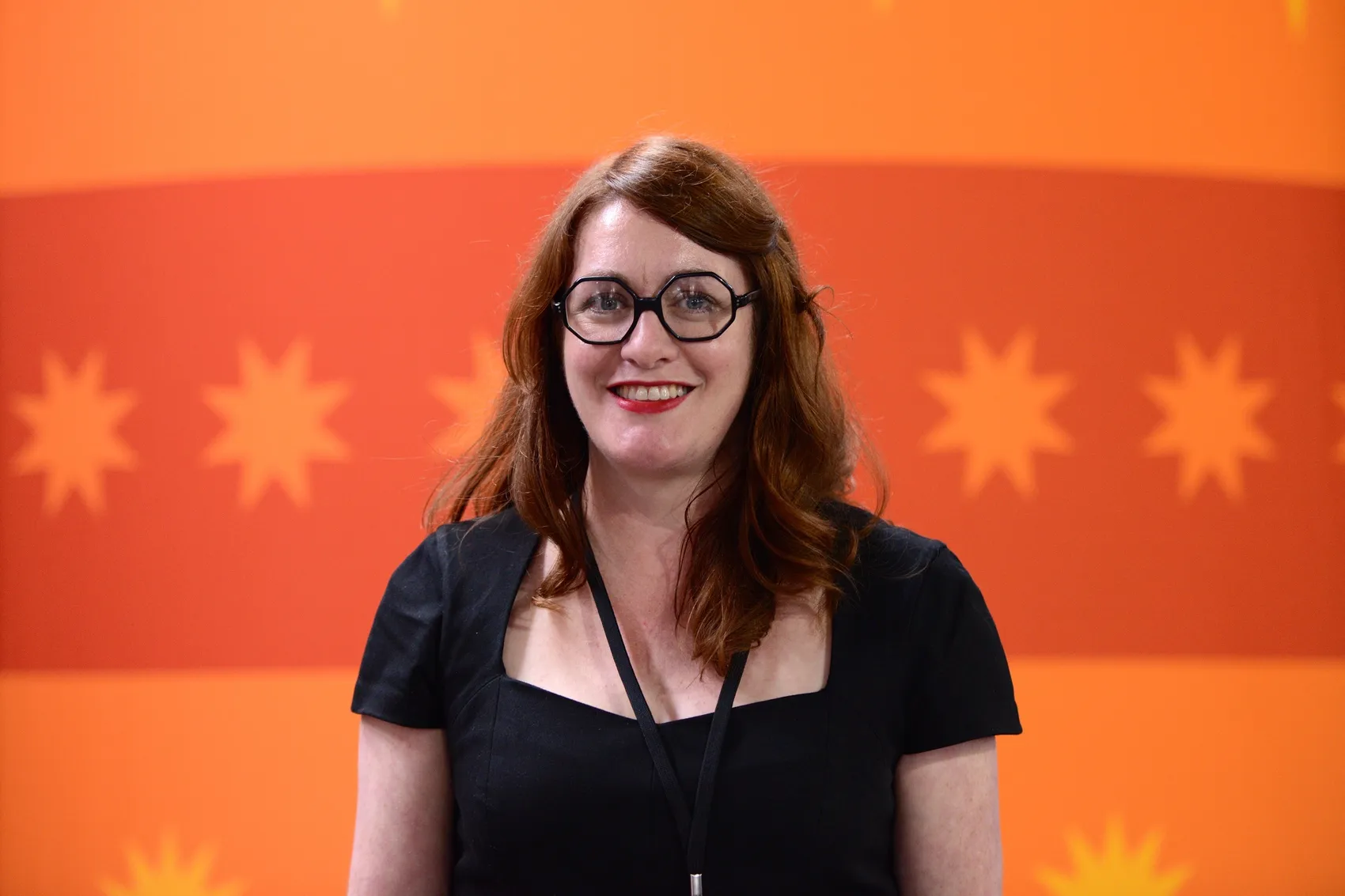
$10,000 Auction
Photos



Featured In
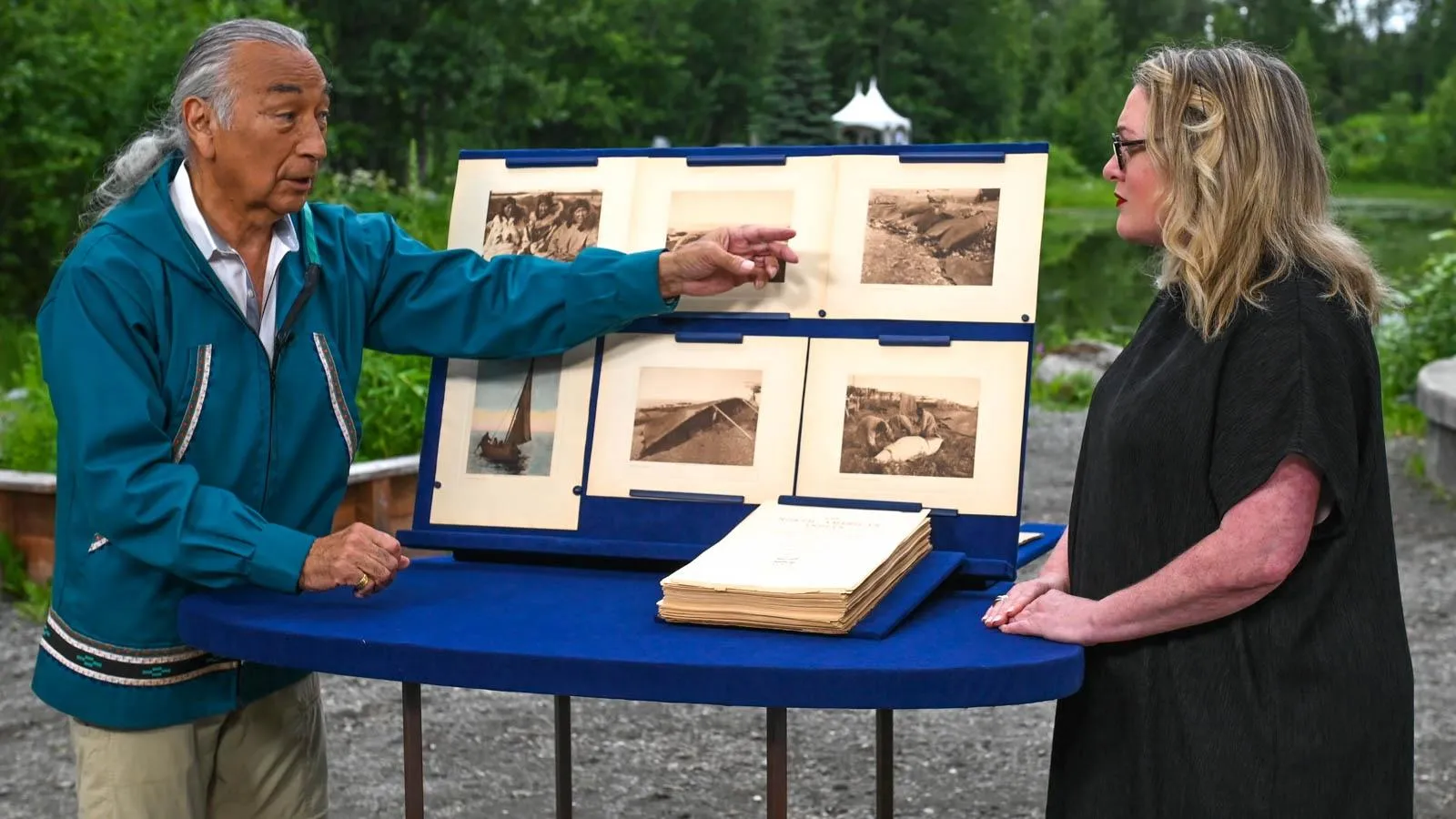
episode
Alaska Native Heritage Center, Hour 1
Kick off Season 28 with ROADSHOW’s first Alaska visit and a find worth up to $100,000!
Book
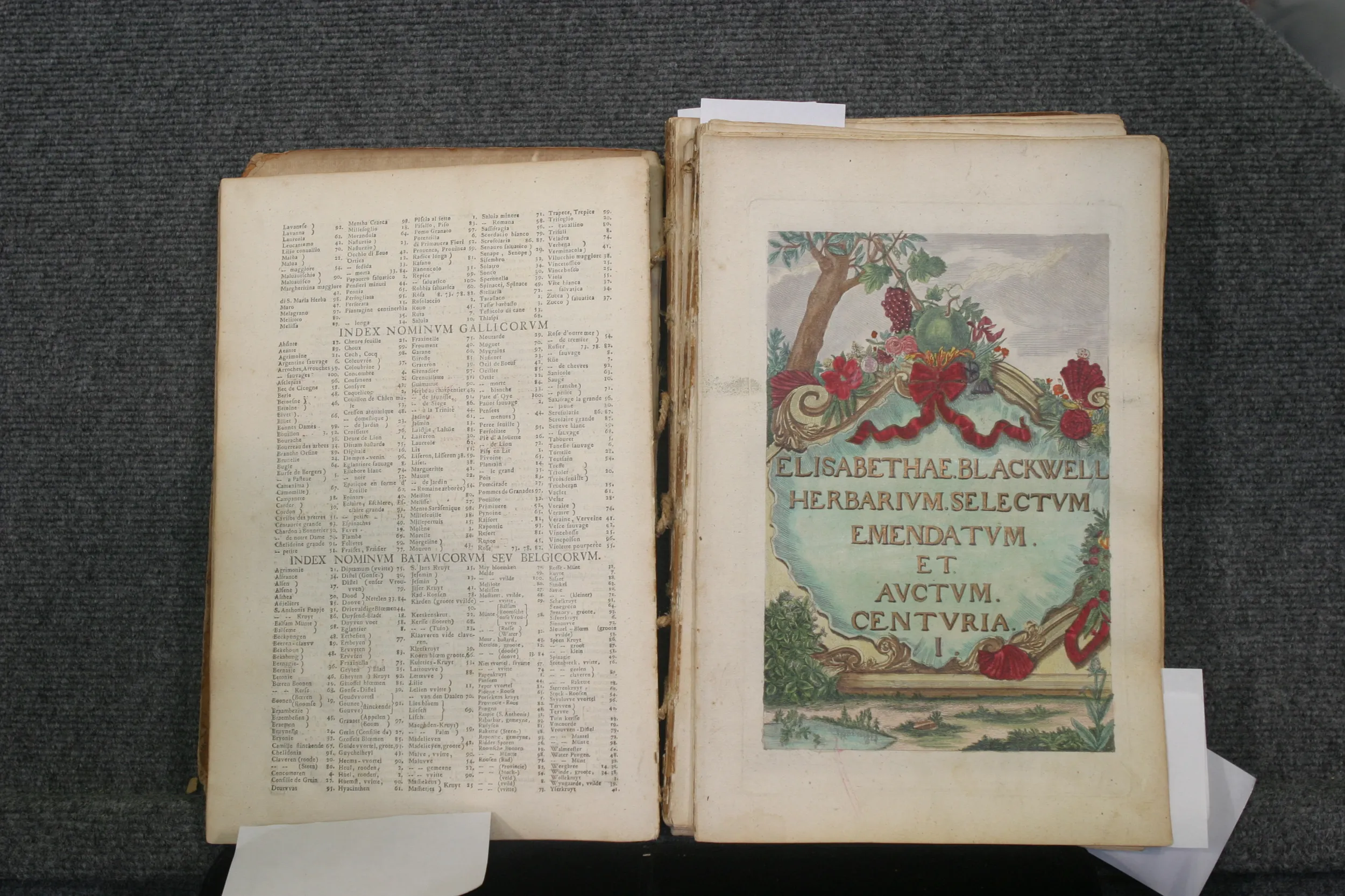
appraisal
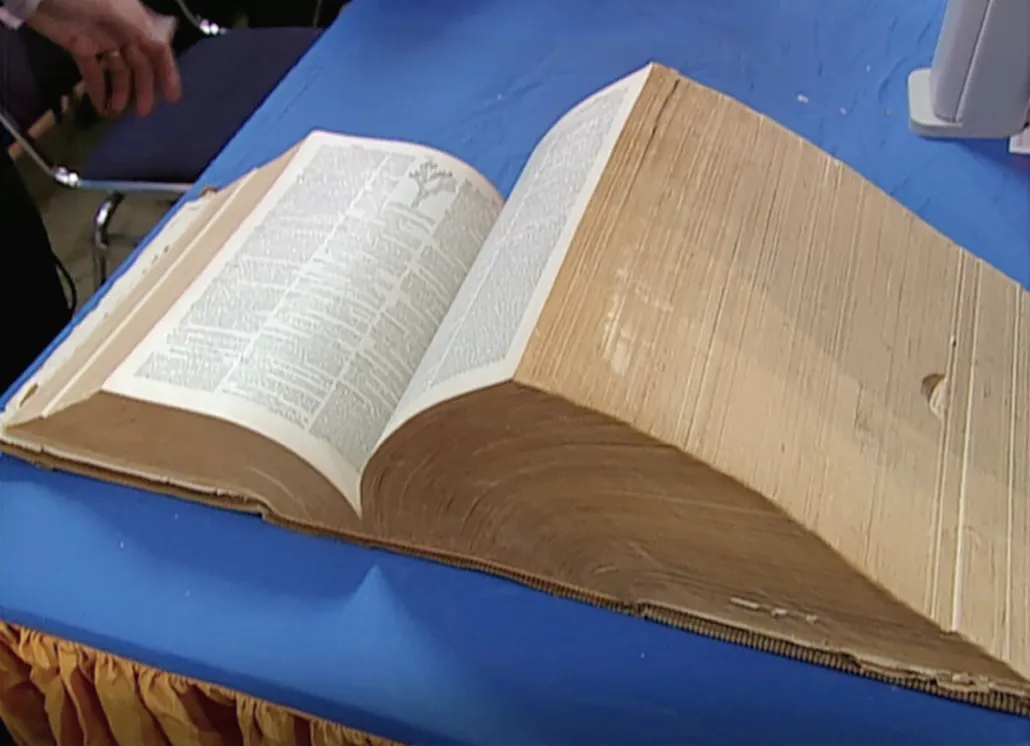
appraisal
Understanding Our Appraisals
Placeholder
